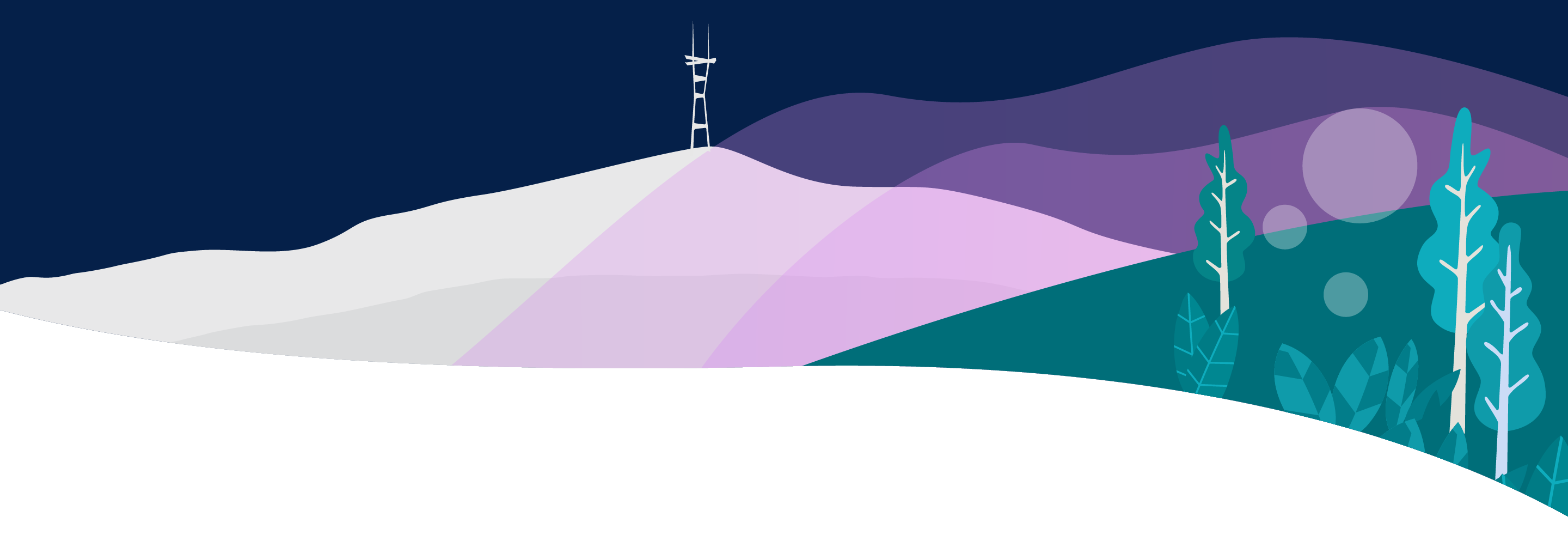
Cervical Stenosis
Stenosis in the neck, also called the cervical spine, affects the upper part of the body including the arms and hands. Stenosis is the narrowing of the bony canal that protects the spinal cord and its branching nerves to the point where it injures the spinal cord or nerves.
This may be caused by a number of conditions including bone spurs or rupture of the spinal discs, the spongy pads of tissue that keep the vertebrae from grinding against each other when you bend your back.
Our Approach to Cervical Stenosis
UCSF is home to one of the largest centers in the country dedicated to evaluating and treating spinal disorders, such as cervical stenosis. Patients have access to the most up-to-date diagnostic imaging techniques as well as innovative treatments that are not widely available. Our team includes world-renowned specialists in neurosurgery, orthopedic surgery, neurology, pain management, physical therapy, psychiatry, radiology and rheumatology. These experts work together to personalize a plan for each patient.
Treatment for cervical stenosis usually begins with a plan that combines physical therapy, posture adjustments and pain-relieving medications. Patients who do not respond to these treatments may require surgery to widen the spinal canal. Our team's expertise in state-of-the-art surgical repair and rehabilitation results in less time under anesthesia, faster recovery and, ultimately, a better quality of life.
Awards & recognition
-

Among the top hospitals in the nation
-

One of the nation's best for orthopedic care
UCSF Health medical specialists have reviewed this information. It is for educational purposes only and is not intended to replace the advice of your doctor or other health care provider. We encourage you to discuss any questions or concerns you may have with your provider.





